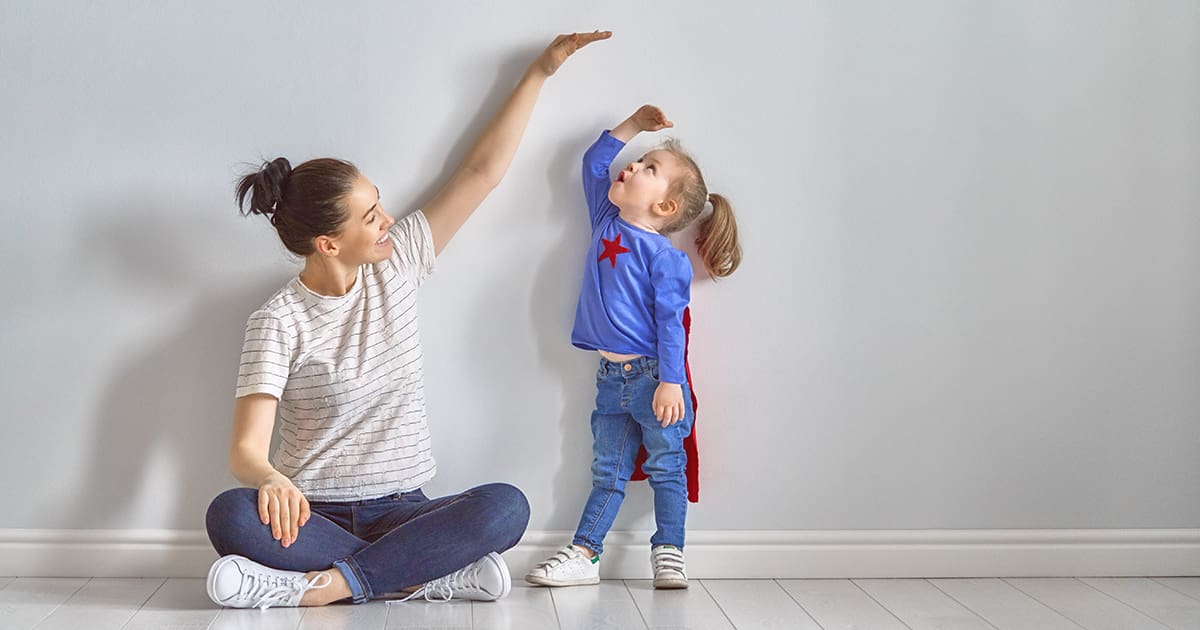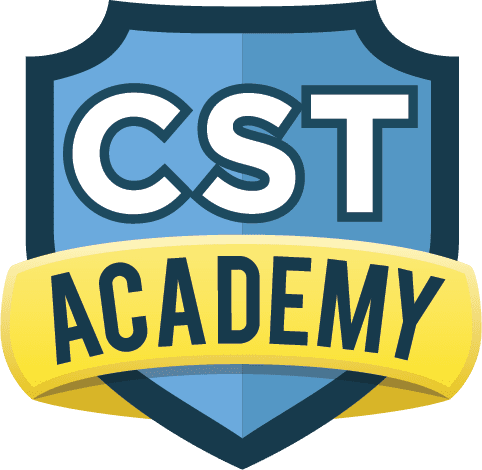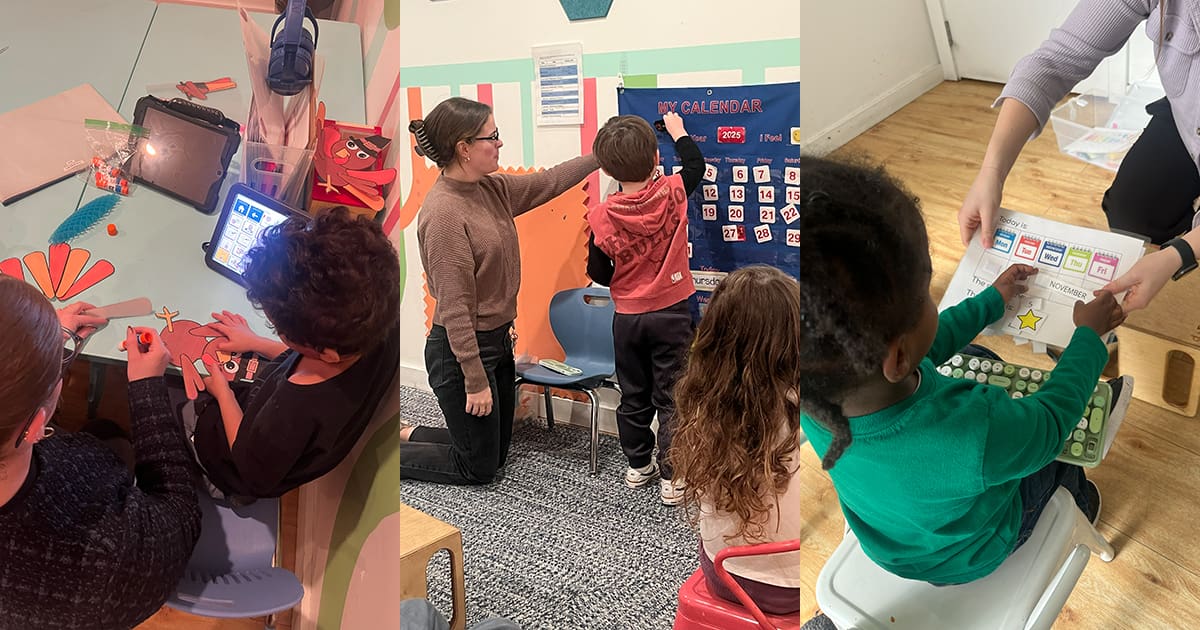Share this Post

Children grow and develop at their own pace, reaching milestones in motor skills, self-care, and social interactions at different times. However, when a child struggles to keep up with these developmental milestones, early intervention can be key to helping them build the necessary skills for independence and daily life. Pediatric occupational therapy focuses on improving fine motor skills, sensory processing, self-care abilities, and overall coordination, helping children navigate the world with confidence.
At CST Academy, we recognize that every child’s journey is unique. Understanding pediatric occupational therapy milestones can help parents and caregivers track progress, identify potential challenges, and seek appropriate support when needed. This guide outlines key developmental milestones and how occupational therapy can help children achieve them.
Understanding Pediatric Occupational Therapy
Pediatric occupational therapy focuses on helping children develop the skills they need for everyday activities. These include dressing, eating, playing, and participating in school. Occupational therapists work with children to strengthen their motor coordination, sensory regulation, cognitive skills, and social-emotional development.
Therapy sessions use play-based techniques, structured activities, and individualized interventions to support children in reaching developmental milestones at their own pace. Whether a child has delays due to a medical condition, developmental disorder, or motor coordination difficulties, occupational therapy provides strategies to help them thrive.
Key Pediatric Occupational Therapy Milestones by Age
While every child develops at their own rate, there are general milestones that occupational therapists monitor to ensure children are progressing appropriately.
Infancy (0-12 Months)
During the first year of life, infants begin developing basic motor and sensory skills. These early movements lay the foundation for later coordination, strength, and sensory processing.
Some important milestones include:
- Grasping and holding objects, such as rattles or toys
- Bringing hands to the mouth for self-soothing
- Rolling over, sitting up, and beginning to crawl
- Exploring different textures with hands and mouth
- Responding to sounds, lights, and movement
Occupational therapy can help infants who have difficulty with grasping, muscle strength, or sensory sensitivities by using play-based interventions that encourage movement and exploration.
Toddlerhood (1-3 Years)
As toddlers grow, they begin refining their motor skills and developing more independence in daily activities. This stage includes early self-care tasks and sensory processing development.
Key milestones during this stage include:
- Using a pincer grasp to pick up small objects
- Stacking blocks and using crayons to make scribbles
- Climbing stairs with assistance and learning to run
- Using a spoon to feed themselves
- Expressing sensory preferences, such as avoiding certain textures or seeking movement
If a toddler struggles with fine motor control, sensory processing, or self-care skills, occupational therapy can introduce activities that strengthen coordination and help with sensory regulation.
Preschool Age (3-5 Years)
Preschoolers develop greater independence in daily routines and fine motor control for pre-writing and drawing. They also become more involved in social play and structured learning environments.
Common milestones include:
- Holding a pencil or crayon with a more mature grip
- Cutting paper with safety scissors
- Dressing with minimal assistance, including putting on shoes and socks
- Using the toilet with supervision
- Participating in pretend play and following simple instructions
Occupational therapy for preschoolers may involve activities that promote hand strength, visual-motor coordination, and sensory processing to prepare them for school readiness.
Early Elementary Age (5-7 Years)
At this stage, children refine motor skills, improve attention and focus, and further develop self-care abilities. Social interactions and participation in structured learning environments become increasingly important.
Key milestones include:
- Writing letters and drawing more detailed pictures
- Using utensils with greater precision
- Tying shoelaces and buttoning shirts independently
- Maintaining balance while running, jumping, or skipping
- Following multi-step instructions and engaging in group activities
If a child struggles with handwriting, coordination, or social interactions, occupational therapy can introduce specialized exercises and strategies to strengthen these skills.
Middle Childhood (7-10 Years)
During this phase, children continue to develop complex motor and cognitive skills necessary for independence in academic and daily life activities.
Important milestones include:
- Writing full sentences with legible handwriting
- Completing self-care tasks without supervision
- Participating in organized sports or physical activities
- Managing sensory input in busy environments, such as classrooms
- Developing time management and problem-solving skills
Occupational therapy at this stage may focus on improving executive functioning, motor coordination, and self-regulation to support success in school and daily routines.
How Occupational Therapy Helps Children Reach Developmental Milestones
Occupational therapists use a variety of approaches to support children in meeting developmental goals. Therapy sessions are tailored to each child’s unique strengths and challenges, ensuring that interventions are both effective and engaging.
Some ways occupational therapy helps include:
- Strengthening fine and gross motor skills through play-based activities
- Improving hand-eye coordination for tasks like writing and using utensils
- Supporting sensory processing to help children navigate different environments comfortably
- Encouraging self-care skills such as dressing, feeding, and hygiene routines
- Enhancing social interaction and play skills to promote positive peer relationships
By addressing challenges early and providing individualized support, occupational therapy helps children build the skills they need for long-term success.
When to Seek Occupational Therapy for Your Child
While all children develop at their own pace, some signs may indicate that additional support from an occupational therapist could be beneficial. Parents may want to consider seeking an evaluation if their child:
- Struggles with grasping small objects or using utensils
- Has difficulty with handwriting or drawing
- Avoids certain textures, sounds, or movement activities
- Becomes overwhelmed in noisy or busy environments
- Has trouble with self-care tasks like dressing or brushing teeth
- Displays coordination difficulties, such as frequent tripping or struggling with balance
- Shows difficulty following multi-step instructions or staying focused
If any of these challenges interfere with daily activities, occupational therapy can provide valuable strategies and interventions to help children reach their full potential.
Partnering with CST Academy for Pediatric Occupational Therapy
At CST Academy, we understand that every child is unique, and we are committed to providing personalized, evidence-based occupational therapy services. Our experienced therapists work closely with families to create individualized treatment plans that address each child’s specific needs.
By focusing on play-based learning, skill-building exercises, and sensory integration techniques, we help children develop the confidence and independence they need to thrive at home, in school, and in social settings.
If you have concerns about your child’s development or want to learn more about how pediatric occupational therapy can support their growth, contact CST Academy today. Our team is here to guide you through the process and provide the support your child needs to reach their developmental milestones with confidence.
Discover Our Pediatric Therapy & Autism Care
ABA Therapy
Support for children with autism.
Autism Evaluation
Expert assessments to identify child needs.
Pediatric Therapy Services
Speech, Occupational, Feeding, and Physical Therapy.
Therapeutic Preschool
A classroom environment designed for early learners with unique needs.

Find the Best Care for Your Child




